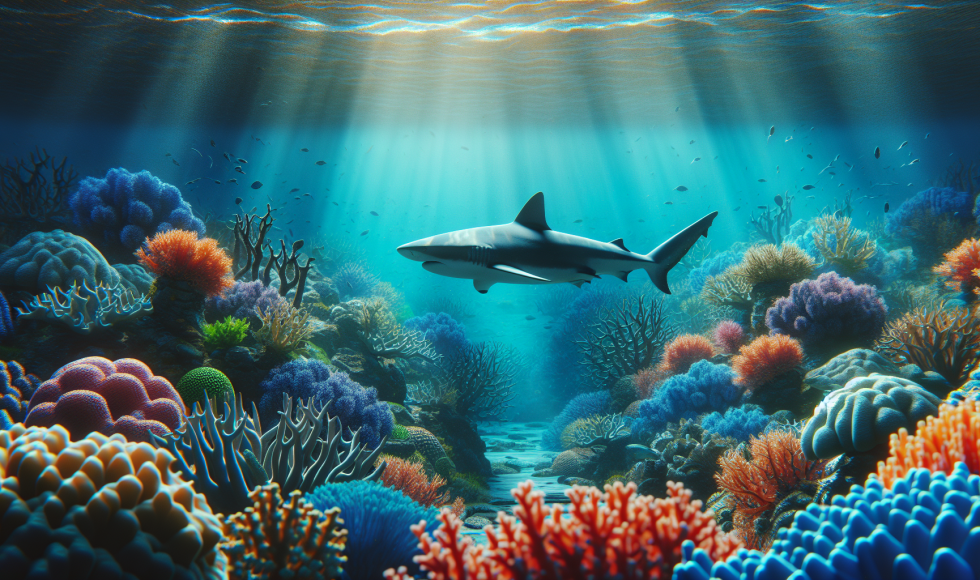Saili Johri from San Diego State University presented at London Calling 2019 on “Unraveling shark secrets: sequencing genomes and microbiomes for research and conservation.” Johri explained how they are using the MinION to conserve sharks and rays. They emphasized how sharks are apex predators important for oceanic ecosystems and maintaining coral reefs. Sharks make direct and indirect contributions to commercially relevant fishing and tourism. Johri noted that sharks have been around for a long time and live long lives, up to five hundred years! Sharks have “extraordinary genome stability… wound healing… and immune function,” said Johri. However, 300 million sharks/year are killed. In addition to the shark meat, oils, liver, and gills have been used for human purposes. Johri also emphasized that information about shark species is lacking. Because of issues with identical barcodes and non-amplification, genetic barcode sequence methods are not universal for sharks. Johri and the team published a study in Scientific Reports that uses “genome skimming” with one flow cell to learn about shark genomes. This approach provided enough coverage of genome regions and the mitochondrial genome to be useful. They applied this approach using samples from India, the second largest global shark supplier. Johri took samples and preserved them in RNA Later. They used one flow cell and sequenced for 48 hours, obtaining 74,000 genomic sequences from shark samples from a market in India. Johri shared a graph that indicated that species ID could be obtained within minutes to ~180 minutes. Their sequences were used to complete and improve the mitochondrial genome. Interestingly, they obtained mitochondrial DNA longer than the genome and learned that this is likely due to rolling circle replication of the mtDNA. The team wanted to develop a method that could be performed in the field without complex software analyses. For this, they used Geneious software and downloaded shark mitochondrial sequences. In the lab, they assembled with Canu. They ran into some issues with the alignment of low-complexity sequences yet were able to identify immune-related genes and other sequences of interest. Their method can be used for detecting shark meat in pet food, for example. Johri and team want to reduce the cost per sample with multiplexing. The research team is also sampling shark microbiomes. Elizabeth Dinsdale and others have created a device to collect microbes from the shark skin. Graduate students swam next to sharks, and undergraduates helped analyze the data. Interestingly, microbiomes were enriched in metal-related genes. This session taught me about sharks and the need for conservation genomics efforts.



